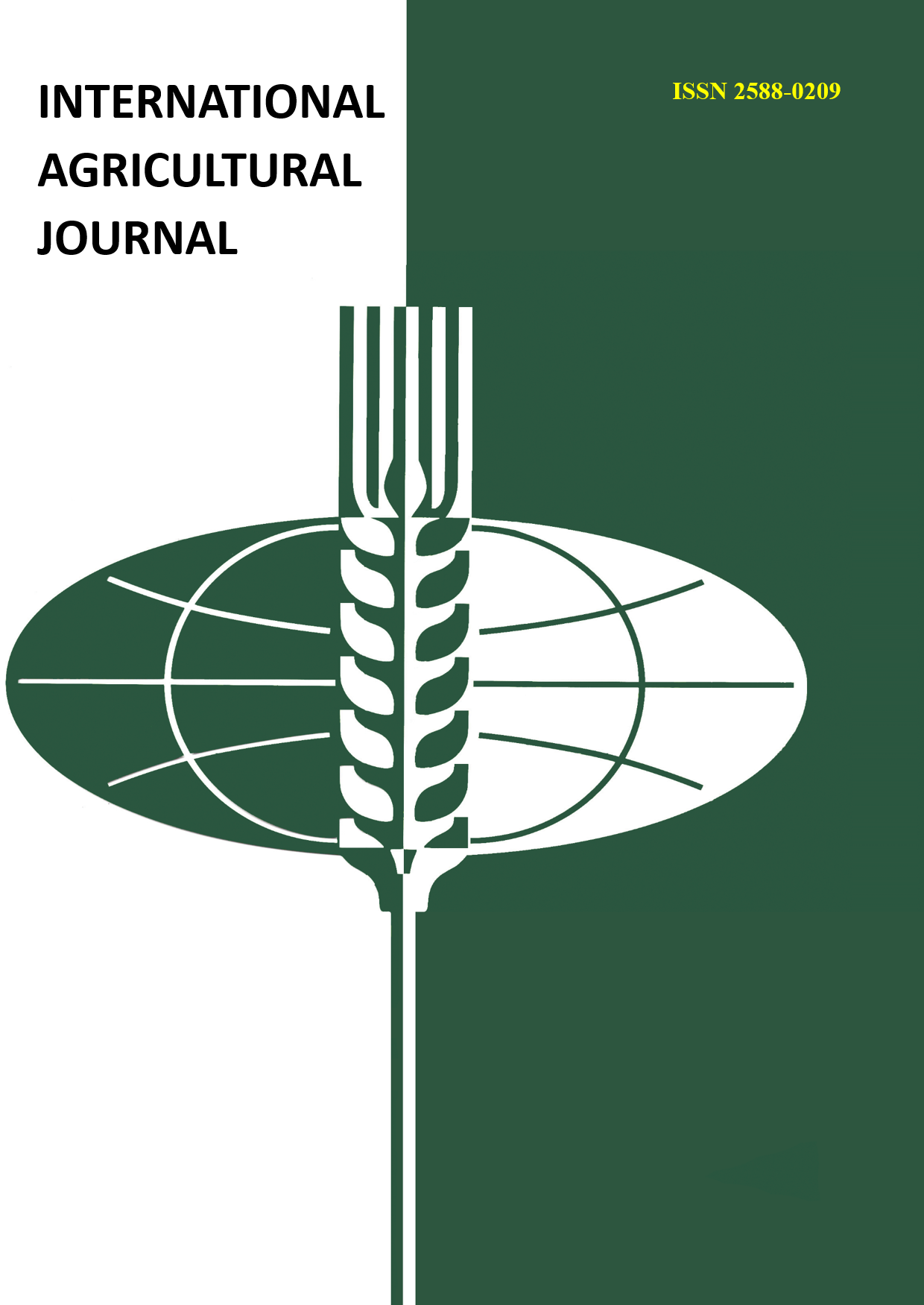The influence of a 5-year utilization of post-spirit distillery waste with a saturation of 150 t / ha / year on the agrochemical characterization and microbiological activity of gray forest loamy soil was studied. Distillery waste contains 0.16%, 0.07 and 0.10% nitrogen, phosphorus and potassium on the basis of natural humidity (96.3%). The background soil has a low humus content, an increased availability of mobile forms of phosphorus and potassium, which is close to a neutral reaction of the medium. When examining a parcel with an area of 11 hectares, 8 combined soil samples were taken from layers of 0-10 cm and 10-30 cm, respectively, each of which was composed of 10 incremental sample. The results are processed by the method of variation statistics. It was found that the utilization of the post-spirit distillery waste led to the neutralization of the medium (from 5.8 to 6.0 pH units), an increase in the content of humus (from 2.3% to 4.8%), and mobile potassium compounds (from 130 mg / kg to 1206 mg / kg) and, especially, phosphorus (from 148 mg / kg to 3519 mg / kg).The application of post-spirit distillery waste to a soil increases the cellulolytic (medium and high), catalase (high and very high), invertase (medium) and nitrifying (high) activity, as well as respiration (medium and high) soil, which indicates a sufficient amount of substrate ( nitrogen-containing and nitrogen-free compounds) and high intensity microbiological processes.
barda poslespirtovaya, utilizaciya othodov, seraya lesnaya pochva, agrohimicheskie pokazateli, mikrobiologicheskaya aktivnost'














